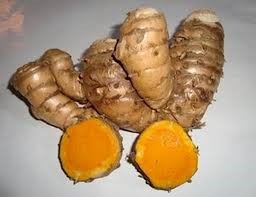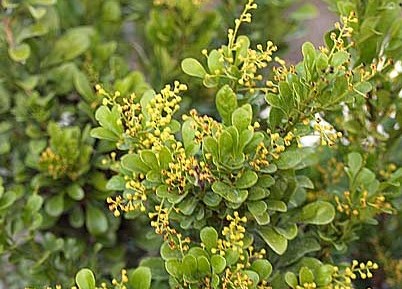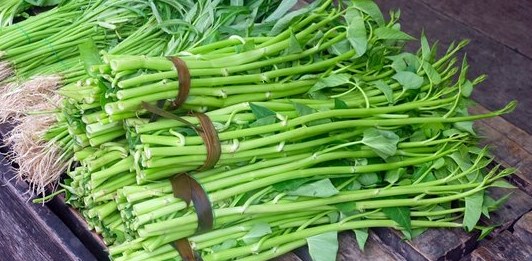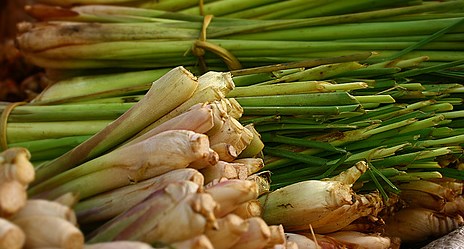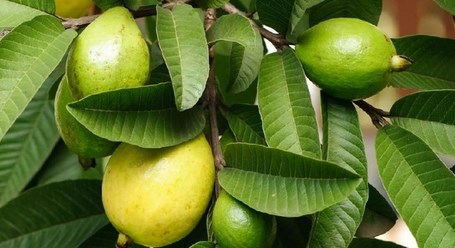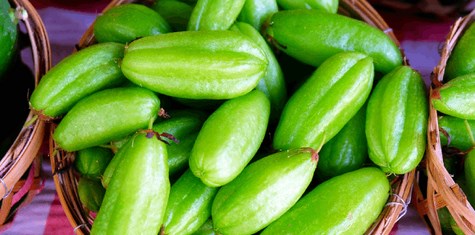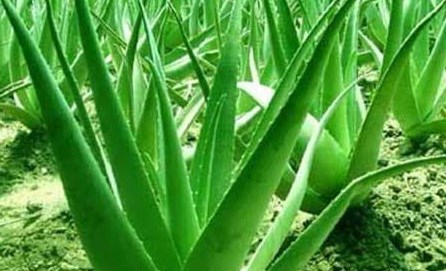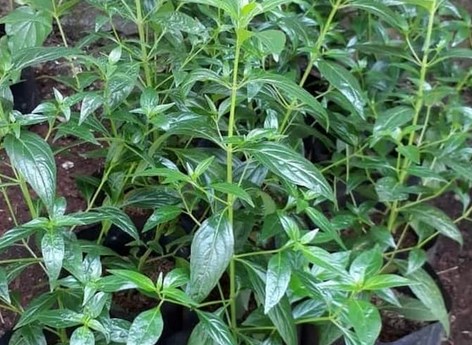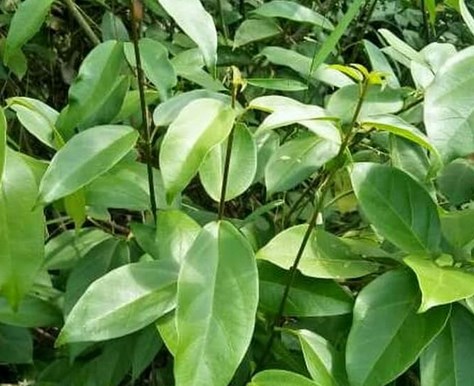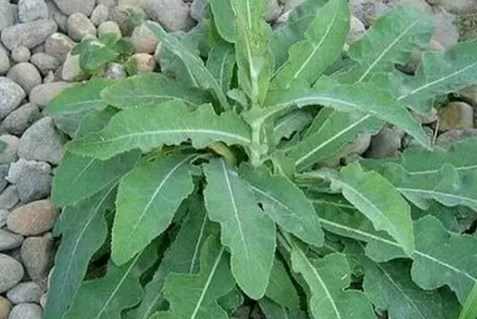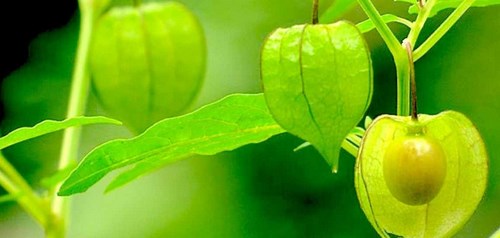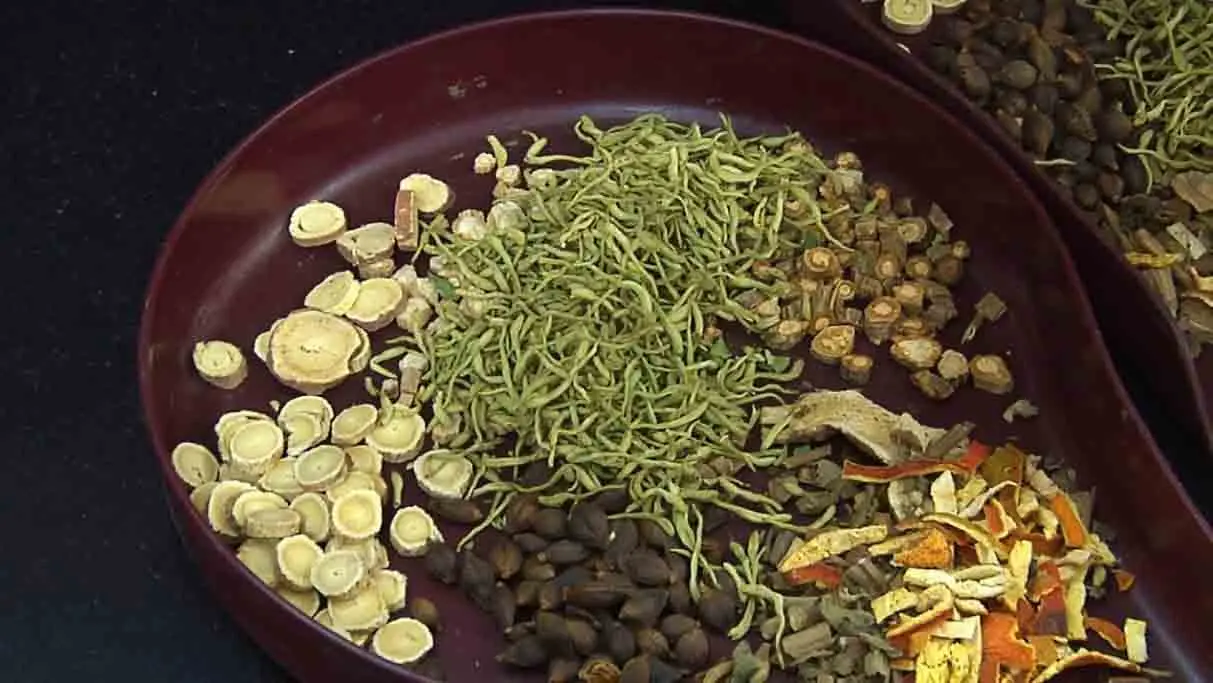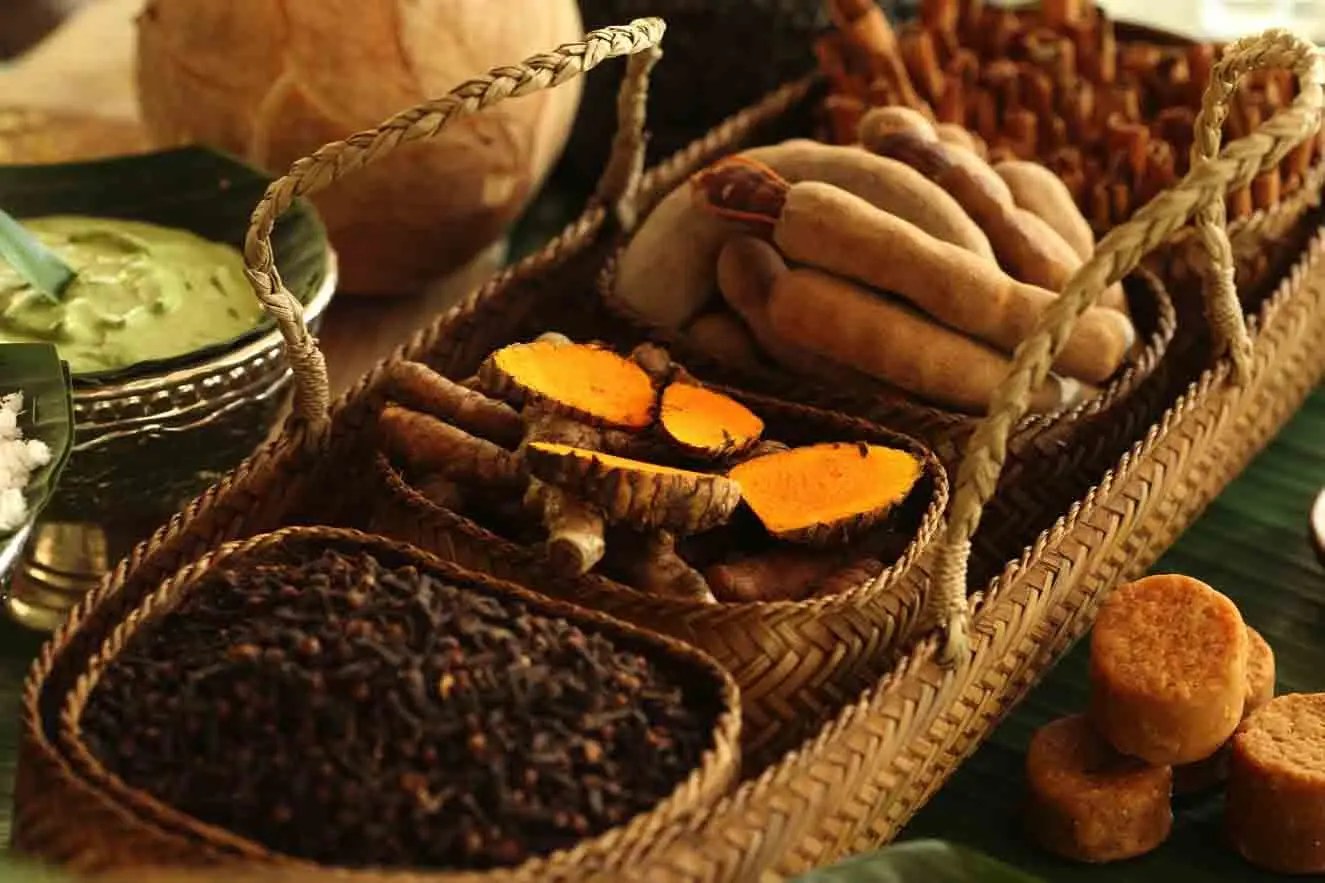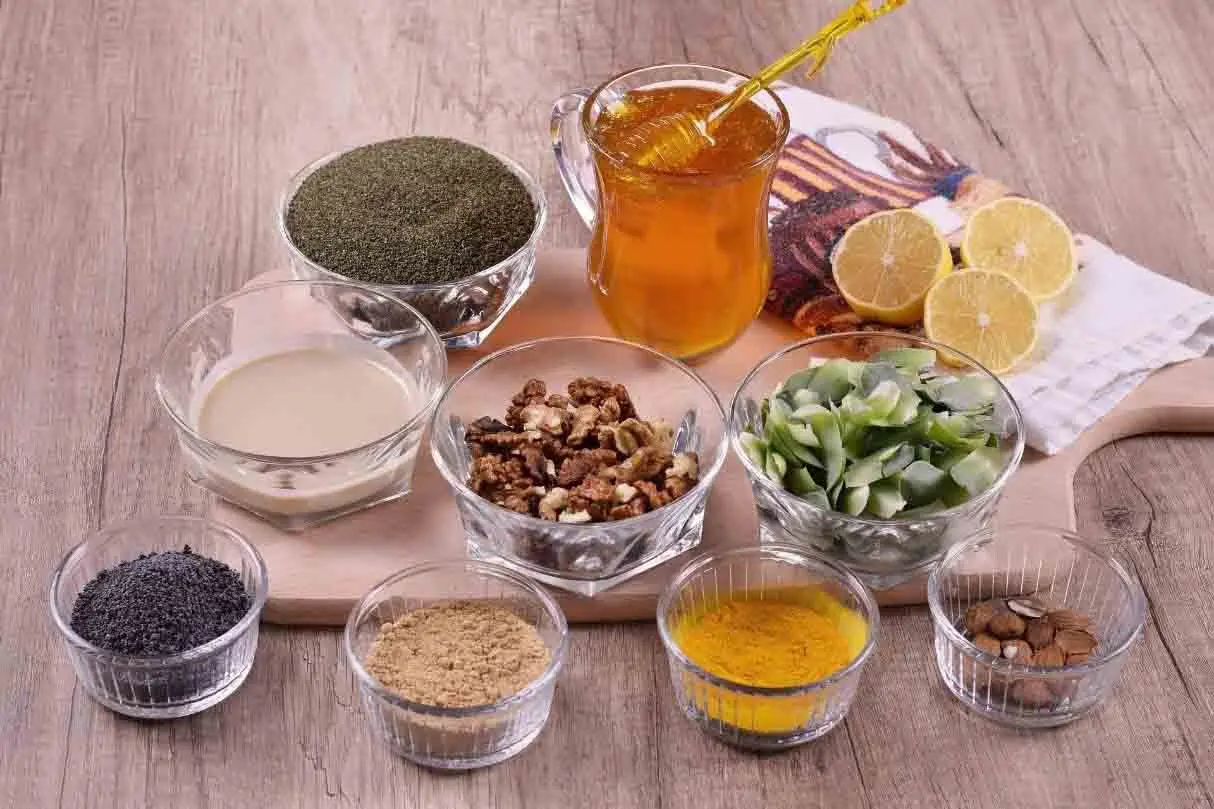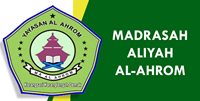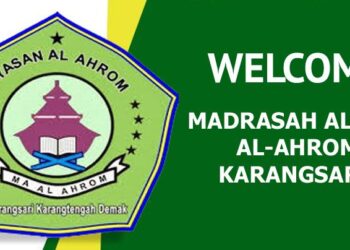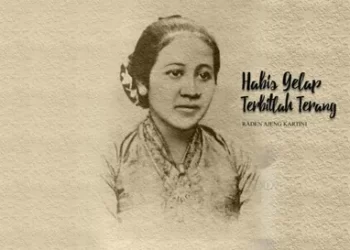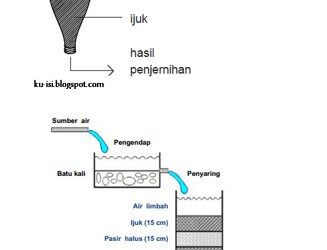Traditional Medicine Methods
This report was submitted as a condition for taking the Madrasah Exam
Created By :
NAME : Kori Fariyanda
NIS/NISN : 0016565691
Study program : IPA (Natural Sciences)
FOUNDATION OF AL AHROM ISLAMIC EDUCATION
MADRASAH ALIYAH AL AHROM KARANGSARI
Jl. Nangka no. 45 Karangsari Karangtengah Demak
Telephone. (0291)690355 Email [email protected] Website https://mas-alahrom.my.id/
SCHOOL YEAR 2018/2019
CHAPTER I
A. Introduction
Herbal medicine is an alternative option that is in demand from the public, especially in the field of medicine. Herbal medicine and returning to nature are two of the place we’ve been hearing a lot lately.
Since ancient times, where western medicine has not been known the use of medicinal plants or known as herbs has actually been done in the community. But gradually it was removed due to the rapid development of medical medicine and made herbs as an alternative option only. Whereas since the days of kingdoms in the Archipelago in the past there have been many proven efficacy and efficacy of herbs, and besides it is cheaper festive and the side effects inflicted are very small, but although begiu still many of our people doubt the efficacy of herbs. It is very good if combining herbal therapy with chemical medicine, especially for chronic diseases that are difficult to cure with the rules of taking herbal medicine about 2 hours after the use of the drug. Take regular and healthy treatment.
Please be aware that herbal medicine requires patience because that herbal medicine requires patience because it does not immediately feel the benefits, but is constructive (improving/building). In contrast to the effects of chemical drugs it does feel fast, but destructive.
B. Problem Findings
1. What is the meaning of traditional medicine?
2. Is traditional medicine still in demand among the community?
3. What are the plants that can cure various diseases?
C. Purpose of Writing
1. As a condition to take the national exam;
2. For moivasi to be more appreciative;
3. In order to know the plants that can cure the disease;
4. To know how important traditional medicine is.
D. Benefits of Writing
1. Benefits for authors
a. Practice combining reading results from a variety of sources,
b. Can add insight,
c. Can improve the skills in organizing and presenting data in a clear way.
2. Benefits for readers
a. Adding to the science,
b. Expanding insights,
c. Can know the concepts of traditional medicine.
CHAPTER II
A. The Foundation of Theory
The use of folk remedies since ancient Egypt. Plants have been used as medicine since 3000 BC. This is evident from plants on papyrus paper found in Egypt and China. Tribes from Africa and Indians also use herbs as part of healing rituals. Research suggests that, although their home regions are different, they both use certain to talk about the same disease.
It was only in the 19th century that scientists who had studied chemistry looked at plants as the basis of medicine. Meanwhile, traditional medicine around the world continues to retain traditional medicine for consumers who feel modern medicine is too expensive.
Who estimates that 80% of the world’s people still use tradidional drugs in modern medicine. In Germany there are 700s of herbal remedies suggested by doctors. Meanwhile, in America, research on herbal remedies has increased dramatically over the past 30 years. Until now, the science of herbal medicine continues to develop by researching and combining the effects of herbs so that it becomes a drug that has been effective again for various diseases.
B. Data Description
1. Understanding Traditional Medicine
Traditional medicine is a cultural heritage of the nation that needs to be continuously preserved and developed to support health development while also improving the people’s economy. In order to improve services and improve the equalization of traditional medicines, there needs to be support from the government and the community itself. During this time, the herbal medicine industry and traditional medicines survived without adequate support from the government and the pharmaceutical industry. While the challenge from within the country itself is the attitude of the medical world that has not fully accepted herbal medicine and folk remedies.
The outbreak of counterfeit medicine and herbal medicine mixed with chemicals some time ago, further adding to people’s doubts about the efficacy and safety of consuming herbal medicine and traditional medicine has long been done by the community. This traditional medicine has certainly been tested for many years even centuries in accordance with the cultural development of the Indonesian nation. In society itself there is actually a dynamic that makes them able to survive in a state of pain and this is actually a potential that can be developed to improve the degree of health. Potential that means capability, power, capacity, strength that can be developed. During this time the development of traditional and alternative health services appears to be accelerating about 32% of our society using traditional medicine and medicine when sick. This development has driven the growth of businesses in the field of traditional medicine, ranging from cultivation of medicinal plants, the drug industry, and distribution. Lately there are many new diseases that have not been found cure. This makes people anxious, even though the ingredients for traditional medicine that are efficacious medicine are widely found in all corners of the country, although still not utilized optimally for the treatment of diseases. This means traditional medicine has great potential in the health service.
a. Types and Sources of Folk Remedies
The government in this case the Directorate General of Food and Drug Control (Director General of POM) who then switched to pom agency has responsibility in the circulation of traditional medicine in the community. Traditional Indonesian medicine was originally distinguished only into 2 groups, namely traditional medicine or herbal medicine and phytofarmaka.
1) Herbal Medicine ( Empirical Bused Herbal Medicine )
Herbal medicine is a traditional medicine derived from the ingredients of herbs, animals and minerals and or its galenik or a mixture of such ingredients that have not beenbaked and used in treatment efforts based on experience. The form of the filling is intangible as powder brewing, rajangan for brewing, and so on. The term of use still uses traditional meanings such as galiansingset, sekalor, linu pegel, repel wind, and so on.
2) Extract Natural Ingredients
Extracts of natural materials are folk remedies presented from extracts or natural ingredients that can be medicinal plants, animals, or minerals. To carry out this process requires more complex and expensive equipment, coupled with a supportive workforce with both knowledge and extract-making skills. In addition to the production process with advanced technology, this type has generally been supported by scientific evidence in the form of pre-clinical studies such as efficacious material content standards, standard drug extract manufacturing, hygienic traditional medicine manufacturing standards, and acute and chronic toxicity tests.
3) Phytofarmaka
Phytofarmaka is a drug supply that has been proven safety and efficacy, the raw material consists of simplisia or galenik supply that has fulfilled the prevailing regulations. The term how to use it uses pharmacological notions such as diuretic, analgesic, antipyretic, and so on.
So far phytofarmaka drugs that are on the market are still losing out on competing with patented drugs. This is due to many factors, including trust, production standards, promotion and approach to medical, as well as its consumers directly. Phytofarmaka is a form of traditional medicine from natural materials that can be aligned with modern medicine because of its standardized manufacturing process, supported by scientific evidence up to clinical trials in humans. Folk remedies can be obtained from various sources as makers or producing folk remedies that can be grouped as follows:
a) Homemade Folk Remedies
This type of folk remedies is the root of the development of traditional medicine in Indonesia today. In ancient times, our ancestors had the ability to provide traditional medicinal potions used for family purposes. It was then developed by the government in the form of the TOGA (Family Medicinal Plant) program. Folk remedies derived from herbalist making
b) Industrial-Made Folk Remedies
Making jamu is one of the professions that still number quite a lot. Saalah one is a maker and seller of sling jamu. Lately with the use of industrial jamu for consumption along with the sling jamu they provide.
1) Composition and Requirements of Folk Remedies
The composition of traditional medicine commonly produced by the herbal medicine industry in the form of simple herbal medicine is generally composed of very large and varied raw materials. While the medicinal form of natural extracts and phytofarmaka in general is composed of a single simplisia or a maximum of 5 kinds of medicinal plant ingredients.
2) Utilization and Prospects of Traditional Medicine
This traditional medicine is not uncommon for the treatment of un cured diseases such as cancer, AIDS virus, and degenerative diseases, as well as a state of urgency where the drug is not available or not reached by the public.
b. Reasons Why People Use Folk Remedies
1) Social Factors
The underlying factor of social interaction is the suggestion that a person’s views or influence on others in a certain way so that the person follows the view or influence without thinking long.
2) Economic Factors
Economic factors have a basic basis in the acceptance or rejection of a treatment. This factor is necessary with the public perception even traditional medicine requires little cost and time.
3) Cultural Factors
Culture is a mind, a customs, a belief that becomes a habit of society.
4) Psychological Factors
The role of pain is an unpleasant condition therefore various ways will be carried out by patients in order to seek healing.
5) Saturation Factor in Service
This factor is caused by the saturation of the sufferer in the treatment process making the sufferer choose another alternative treatment path that can speed up the healing process.
6) Benefit Factors and Limitations
The success and effectiveness of alternative medicine is a very influential reason for the selection of alternative treatments.
7) Treatment Factors
Most human knowledge is obtained through a sense or mind that is essential to the formation of one’s actions. Knowledge is gained formally and informally.
Traditional medicine in Indonesia is said to still be often used by Indonesians to obtain healing. It can be said that the Indonesian people still believe the treatment can treat the disease. Not that due to the lack of affordable formal service health facilities but there are cultural factors of Indonesia that still have strong belief in traditional medicine.
In addition, there is an individual belief in the treatment and health care efforts put forward by Rosenstock (in Agusmarni, 2012) namely about the Health Belief Model.
This model describes individual actions about health-related by focusing on cognitive. Where the individual is ready to take action against the dangers of the disease as well as the individual’s perception of the possibility that occurs when stricken with the disease such as disability and shunned by the social environment. The assessment of the benefits of treatment that will be obtained by the individual and comparing perceptions to the sacrifices that must be made to carry out the purpose of using traditional medicine is divided into 4 groups, including:
1) To maintain health and maintain physical fitness (promotive).
2) To prevent disease (preventive).
3) As an effort to treat the disease as well as to treat others in an effort to replace or accompany the use of the finished drug (curative).
4) To restore health (rehability).
In order for the utilization of traditional medicine to be scientifically responsible, especially in terms of safety, efficacy, and use, research and development needs to be carried out with the following stages:
1) Selection.
2) Biological screening tests (along with biological) that include pharmacological and acute toxicology tests.
3) Pharmacodynamic test.
4) Advanced toxicity tests such as sub acute, chronic and specific toxicity tests, formulation development.
5) Clinical trials in humans.
2. Traditional Medicine Among The Community
Traditional medicine is now starting to be trusted by the Indonesian community the treatment has been widely in demand and spread throughout the community in the village and in the city. So that we can analyze and see the difference between traditional medicine in the village and in the city and know the reasons why many people use traditional medicine for healing and disease or maintaining health, for example: such as doing reflection massage and treatment that use the consumption of jamu.
In its history, it is said that in fact reflexology techniques have been known since 2500 BC. Initially, this type of massage originated in Egypt, then developed and practiced in other countries that spread to reach the rest of the world. In Indonesia itself this type of massage has become widely known by the public over the past 5 years. Nowadays it has even become a kind of trend today and is commonly used in urban areas.
Herbal medicine is a traditional medicine made from natural cultural heritage that has been hereditary for health. The meaning of herbal medicine in Permenkes No.003/Menkes/Per/I/2010 is an ingredient or herb of ingredients in the form of plants, animal ingredients, mineral ingredients, or a mixture of ingredients down and down the treatment. The phenomenon that occurs in the rise of fraud under the guise of traditional medicine is also not to blame. Because of the belief that Indonesia will culture give good results and there are some sufferers who recover in traditional medicine when done correctly. The cost of health care is also one of the most affecting impacts that people tend to prefer to do treatment through traditional medicine. In this case it is necessary to know the origin of individuals who open traditional medicine practices so as not to occur fraud that will harm the sufferer. The number of irresponsible people who open up traditional medicine practices on behalf of religion so that many people are deceived.
People themselves must be completely understanding and smart in choosing and determining the traditional or alternative medicine they will undergo. As well as the role of the government in dealing with this case so that this problem does not happen again in the community by reducing health costs for the community. It has been explained about the many traditional medicines that develop in Indonesia as a culture. Starting from baby shaman, massage battra or massage, trained baby shaman, sling jamu, battra with religious teachings, and so on. Although this treatment can be said to be quite mild but many people use this treatment as a medium to cure some minor ailments and loss of strength or energy due to fatigue. This treatment can be said very often we find in the community even most people often use it. It is becoming a habit of society to be able to cure its disease without having to spend money. Indeed, this treatment can only cure a few minor diseases but is very useful for the community.
Usually this treatment is done by a massage expert after a massage. But this treatment can also be done alone with the help of the nearest person without having to call a massage expert.
When people in Indonesia feel tired, fever and colds they will do treatment. In general the public will go to the doctor for healing methods. But sometimes some lower class people can’t afford to go to the doctor because of the cost factor. Lower-class people without going to the doctor maybe they just buy drugs at the pharmacy. And do your own care at home. But in addition to going to the doctor or doing treatment at the community home when tired, fever or cold will do what can be said as traditional medicine called “Kerokan”. Indonesians themselves must be very familiar with the term “Kerokan”.
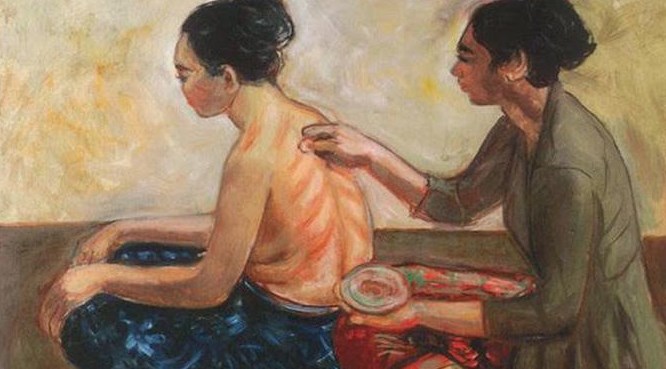
In the midst of modern medicine, traditional Indonesian medicine “kerokan” has not lost its pamornya, even some people still make it an early alternative when the condition of the body is declining. When we start to feel nausea, in the wind of fever we will call people a traditional massage to treat. This is often done by the people of antiquity before the very sophisticated medical science as it is now.
All kinds of diseases ranging from mild to severe can be cured by doctors through health sciences. Unlike the people of old they only do “kerokan” as a healing medium. “Kerokan” has been very well known in Indonesia since hundreds even thousands of years ago. This treatment is not only known in the javanese community but spread to other areas of Indonesia even most southeast Asian cultures believe in the healing effects of this treatment.
“Kerokan” is done using a kind of blunt object such as coins, jade, gundu, pieces of ginger, pieces of onions, or other blunt objects used to rub the back until it is red and long lines.
“Kerokan” is believed to have healing properties by people in Indonesia. The properties produced by “kerokan” are nothing but lightening the body due to fatigue after a long activity. “Kerokan” is also believed by the public to be able to cure the symptoms of minor diseases.
3. Plants That Can Cure Various Diseases
a. Temulawak
Temulawak is a traditional medicinal plant and its uses are widely used to treat various diseases. Temulawak has uses to increase appetite, overcome jaundice, flatulence, and ulcers. Temulawak also has uses to boost the immune system or immunity.
b. Spinach Duri Leaves(Amaranthus Spinosus)
This traditional medicinal plant in addition to being used as a vegetable can also be used as a folk remedy. The medicinal plant leaves spinach thorns are useful to overcome anemia.
c. God’s Leaf
This folk remedies plant is useful for overcoming swelling of the breast. In addition, the leaves of the gods can also be used to cope with vomiting blood. Because of its usefulness, the leaves of gods are used as traditional medicinal plants.
d. Garlic
Garlic is a traditional medicinal plant that is also used as a seasoning dish. Garlic has many properties, such as being able to lower cholesterol, treat coughs and flu, and can kill bad bacteria or viruses that exist in the body. Because of its usefulness garlic is widely planted as a traditional medicinal plant.
e. Celery
Traditional medicinal plants and their usefulness are also no less important namely celery. Celery plants in addition to being used as cooking seasonings are also useful to cope with high blood pressure. With this traditional medicinal plant you can lower blood pressure on the body, therefore celery is much loved by the public as a traditional medicinal plant.
f. Pacar Cina
Chinese girlfriends are folk remedies that are useful for overcoming venereal diseases. Chinese girlfriends are already known as traditional medicinal plants that are very potent to overcome various diseases.
g. Kangkung
Although kale is a vegetable, kangkung is also a traditional medicinal plant, as it is useful for overcoming insomnia sleeplessness. For those of you who have trouble sleeping should consume kale, because so hard to sleep you will soon disappear.
h. Ginger
Ginger is a traditional medicinal plant and its uses are numerous. This is because this traditional medicinal plant has many uses for the human body. Ginger is useful to eliminate vehicle hangovers, warm up, get in the wind, stomach ache, dizziness and much more. Ginger is also used as a seasoning in addition to being used as a folk remedy.
i. Turmeric
Turmeric is widely used as a folk remedy plant. Turmeric is useful for launching coming months, relieving abdominal pain, and much more. Turmeric is in addition to being used as a seasoning.
j. Sere
Traditional medicinal plants and their uses that you also need to know are lemongrass. One of them is to treat panu. Panu can be removed naturally using sere. You simply cut the sere into two parts and rub it into the panu. Do it before bed so as not to interfere with the activity.
k. Guava Leaves
Guava leaves are folk remedies that can be used to cope with diarrhea. If you have diarrhea it is best to immediately take a few sheets of young guava leaves. After that wash clean and boil until boiling. Leave to cool and take this remedy. Guava leaves have long been believed to be able to overcome diarrhea effectively.
l. Belimbing Wuluh
This plant is different from the starfringe we eat normally. The shape is smaller and clustered a lot. This wuluh starfringe in addition to being able to be used as a vegetable, also has properties for some diseases. Among others for diabetes, toothache, thrush. It is also powerful for curing asthma and cough, and can dilute phlegm. In addition, this wuluh starfringe can be used to treat acne.
m. Aloe Vera
This medicinal plant is usually planted by people in the yard. This plant is efficacious for the health of the hair, you simply apply this aloe vera to your hair, to get dense hair. In addition aloe vera can also be to treat acne, diabetes, constipation, laryngitis and some other diseases.
n. Sambiloto
This plant is usually used by people for heat-lowering drugs, abdominal pain, flatulence. The plant is also said to be able to cure diabetes and diabetes. You simply boil the leaves and drink them to treat diabetes.
o. Cincau Leaves
These leaves are usually used by people for the raw materials of making cincau. There are two types. Black cincau leaves and green cincau. In addition to being delicious to eat, this leaf is also efficacious to cure diabetes, fever, and tipes.
p. Alang-Alang Root
Maybe we’ve heard this plant a lot. This plant usually grows in the yard or in the garden. Farmers think of crops as weeds in their crops. But make no mistake, it turns out that this plant is also potent at curing diseases of vaginal discharge, deep heat, and stone urination.
q. Avocado
Who doesn’t know the fruit of this one. In addition to its delicious fruit flavor avocado also contains many vitamins. Avocados have a lot of efficacy, such as being able to prevent cancer, obt from diabetes, and can decrease cholesterol.
r. Tempuyung Leaves
This plant is common in the wild. Now, this medicinal plant has been used by large factories as the basic ingredients of medicine. Tempuyung leaves do taste bitter, but have many benefits. The benefits of tempuyung leaves are, among others, as a remedy of ulcers, stone urine, gout, hemorrhoids and also high blood pressure.
s. Ciplukan
This medicinal plant is very familiar in our ear, this medicinal plant has a good fruit taste and is liked by children. Ciplukan usually grows in rice fields. This medicinal plant is effective at curing lung cancer, asthma, laryngitis, and several other diseases.
t. Brutowali
This medicinal plant tastes bitter. But behind the bitter taste, it turns out to have many benefits, among others brutowali can cure malaria, diabetes, rheumatism, and can be used to treat wounds.
C. Data Analyst
Traditional medicine has been widely used for centuries by Indonesians, although there are still many standard raw materials that do not yet have official requirements. Folk remedies generally use natural ingredients better known as simplisia. Simplisia is a natural ingredient used as a medicine that has not undergone any processing, unless otherwise stated in the form of dried ingredients.
The increasing use of traditional medicine based on hereditary properties, the more widespread the opportunity of simplisia counterfeiting there are even some herbal medicines containing medicinal chemicals that have been clearly prohibited from adding, either intentionally or unintentionally into traditional medicinal products.
CHAPTER III
A. Conclusion
Traditional medicine is a cultural heritage of the nation that needs to be continuously preserved and developed to support health development while also to improve the people’s economy and help alleviate the people’s economy so that people are not always fixated on modern medicine.
Folk remedies are ingredients or concoctions in the form of plant ingredients, animal ingredients, mineral ingredients, galenik supply or a mixture of such ingredients, which have traditionally been used for treatment based on experience. Folk remedies can be powders, liquids, pills, capsules, and so on.
B. Suggestions
1. It is best not to be too dependent on modern medicine.
2. Learn about folk remedies so that our posterity knows how important it is to use folk remedies.
3. We should be able to be wiser to make the best use of traditional medicine in our neighborhood and maintain sustainability around a healthy environment.
BIBLIOGRAPHY
Pratama, Aditya Bagus. 2013. Therapy Herbal. Yogyakarta : Pustaka Media
ATTACHMENT



